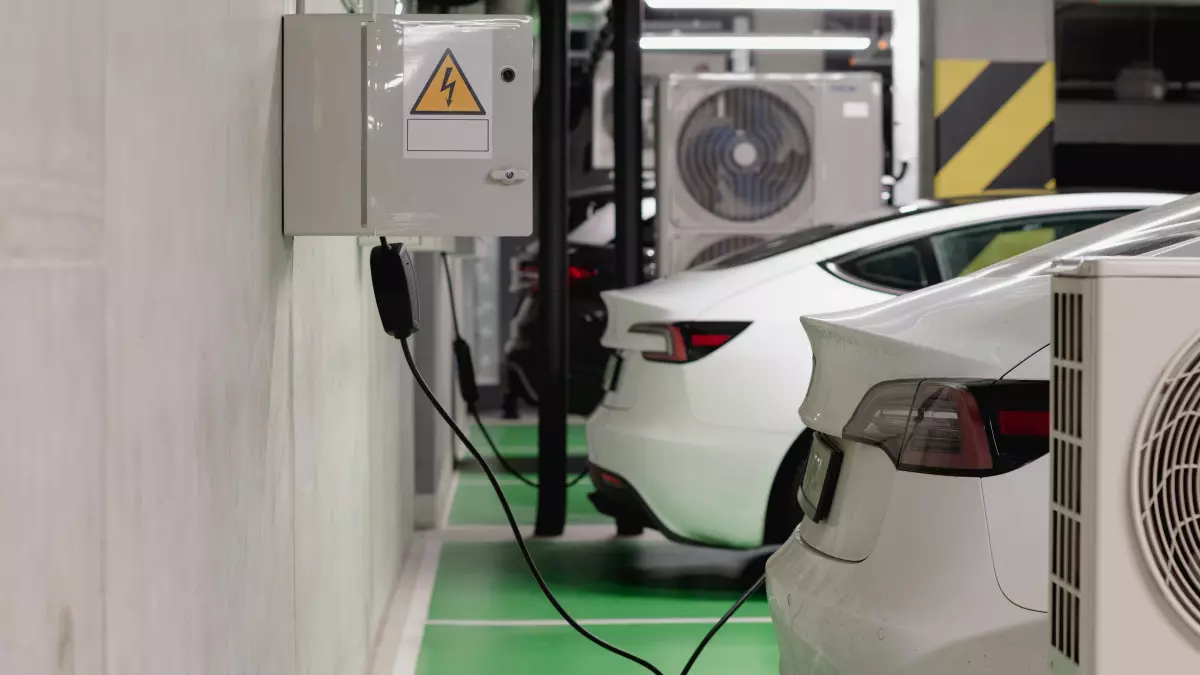Charging Cycles vs. Battery Tech
Did you know that the average EV battery can handle around 1,000 to 1,500 charging cycles before its capacity starts to degrade significantly? That’s roughly 300,000 to 500,000 miles of driving, depending on your vehicle and driving habits. But what happens after that?

By Nina Schmidt
Let’s break it down: every time you plug in your electric vehicle (EV) for a charge, you’re essentially ticking off one of those precious cycles. Over time, these cycles add up, and your battery’s ability to hold a charge starts to weaken. It’s the EV equivalent of aging—except instead of wrinkles, you get range anxiety.
But here’s the kicker: not all charging cycles are created equal. Fast charging, for example, can be more taxing on your battery than slow, overnight charging. And with the rise of ultra-fast chargers, this issue is becoming more relevant than ever. So, how is battery technology evolving to handle the increasing demand for faster, more frequent charging? And what can you do to extend the life of your EV battery?
The Science Behind Charging Cycles
First, let’s get a little technical. A charging cycle is defined as one full discharge and recharge of the battery. So, if you drive your EV down to 50% charge and then recharge it to 100%, that’s half a cycle. Do that twice, and you’ve completed one full cycle.
Now, here’s where things get interesting. Each time you complete a cycle, the battery’s chemical composition changes ever so slightly. Over hundreds or thousands of cycles, these changes accumulate, leading to reduced capacity and efficiency. In other words, your EV won’t be able to go as far on a single charge as it could when it was brand new.
But it’s not just about the number of cycles. The way you charge your EV—whether you’re using a fast charger or a standard home charger—also plays a huge role in how quickly your battery degrades. Fast charging generates more heat, which can accelerate the wear and tear on your battery’s internal components. So while it’s super convenient to get an 80% charge in 30 minutes, it’s not exactly doing your battery any favors in the long run.
Battery Tech to the Rescue
Thankfully, battery technology is evolving to meet these challenges head-on. One of the most promising developments is the use of solid-state batteries, which have the potential to offer significantly more charging cycles than traditional lithium-ion batteries. Solid-state batteries replace the liquid electrolyte found in lithium-ion batteries with a solid material, which reduces the risk of overheating and extends the battery’s lifespan.
Another exciting innovation is the development of “smart” battery management systems (BMS). These systems use advanced algorithms and machine learning to optimize charging patterns, ensuring that your battery is charged in the most efficient way possible. For example, a BMS might limit the charging speed during the final 20% of a charge to reduce heat buildup and extend the battery’s life.
And let’s not forget about thermal management systems. As we mentioned earlier, heat is one of the biggest enemies of battery longevity. Modern EVs are equipped with sophisticated cooling systems that help regulate the temperature of the battery during charging and discharging. By keeping the battery within an optimal temperature range, these systems can significantly reduce the rate of degradation.
How You Can Extend Your Battery’s Life
While battery technology is making great strides, there are still a few things you can do to extend the life of your EV battery. Here are some tips:
- Avoid frequent fast charging: As convenient as it is, fast charging generates more heat and puts more strain on your battery. Whenever possible, opt for slower, overnight charging.
- Keep your battery between 20% and 80% charge: Fully discharging or fully charging your battery can accelerate degradation. Try to keep your battery within this sweet spot to extend its life.
- Park in the shade: Extreme temperatures can wreak havoc on your battery’s lifespan. If you live in a hot climate, try to park your EV in the shade or a garage to keep the battery cool.
- Use your EV’s preconditioning feature: Many EVs come with a preconditioning feature that allows you to heat or cool the cabin while the car is still plugged in. This reduces the strain on the battery when you start driving.
The Future of Charging Cycles
So, what does the future hold for charging cycles and battery technology? One of the most exciting possibilities is the development of “ultra-long-life” batteries, which could handle tens of thousands of charging cycles without significant degradation. Researchers are exploring new materials, such as silicon anodes and lithium-sulfur chemistry, that could make this a reality.
Another area of innovation is wireless charging. While still in its early stages, wireless charging could reduce the wear and tear on your battery by eliminating the need for physical connectors, which can degrade over time. Plus, it’s just plain cool.
Finally, we can’t ignore the role of software in extending battery life. As EVs become more connected and autonomous, software updates will play an increasingly important role in optimizing charging patterns and improving battery efficiency. In fact, some automakers are already rolling out over-the-air updates that can extend the range and lifespan of their vehicles.
Conclusion: The Battle Continues
The war between charging cycles and battery technology is far from over. While battery tech is making huge strides, the reality is that every charge you make brings your battery one step closer to degradation. But with smart charging habits and the latest advancements in battery management, you can keep your EV running smoothly for years to come.
So, the next time you plug in your EV, remember: it’s not just about getting from point A to point B. It’s about finding the balance between convenience and longevity. And in the battle between charging cycles and battery tech, you have more control than you think.





